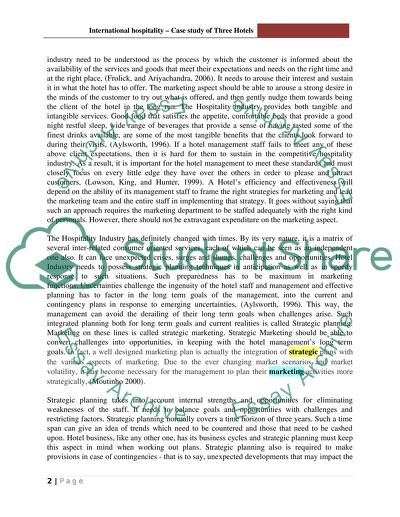Cite this document
(“International hospitality- To critically evaluated marketing strategic Essay”, n.d.)
Retrieved from https://studentshare.org/environmental-studies/1412304-international-hospitality-to-critically-evaluated
Retrieved from https://studentshare.org/environmental-studies/1412304-international-hospitality-to-critically-evaluated
(International Hospitality- To Critically Evaluated Marketing Strategic Essay)
https://studentshare.org/environmental-studies/1412304-international-hospitality-to-critically-evaluated.
https://studentshare.org/environmental-studies/1412304-international-hospitality-to-critically-evaluated.
“International Hospitality- To Critically Evaluated Marketing Strategic Essay”, n.d. https://studentshare.org/environmental-studies/1412304-international-hospitality-to-critically-evaluated.


